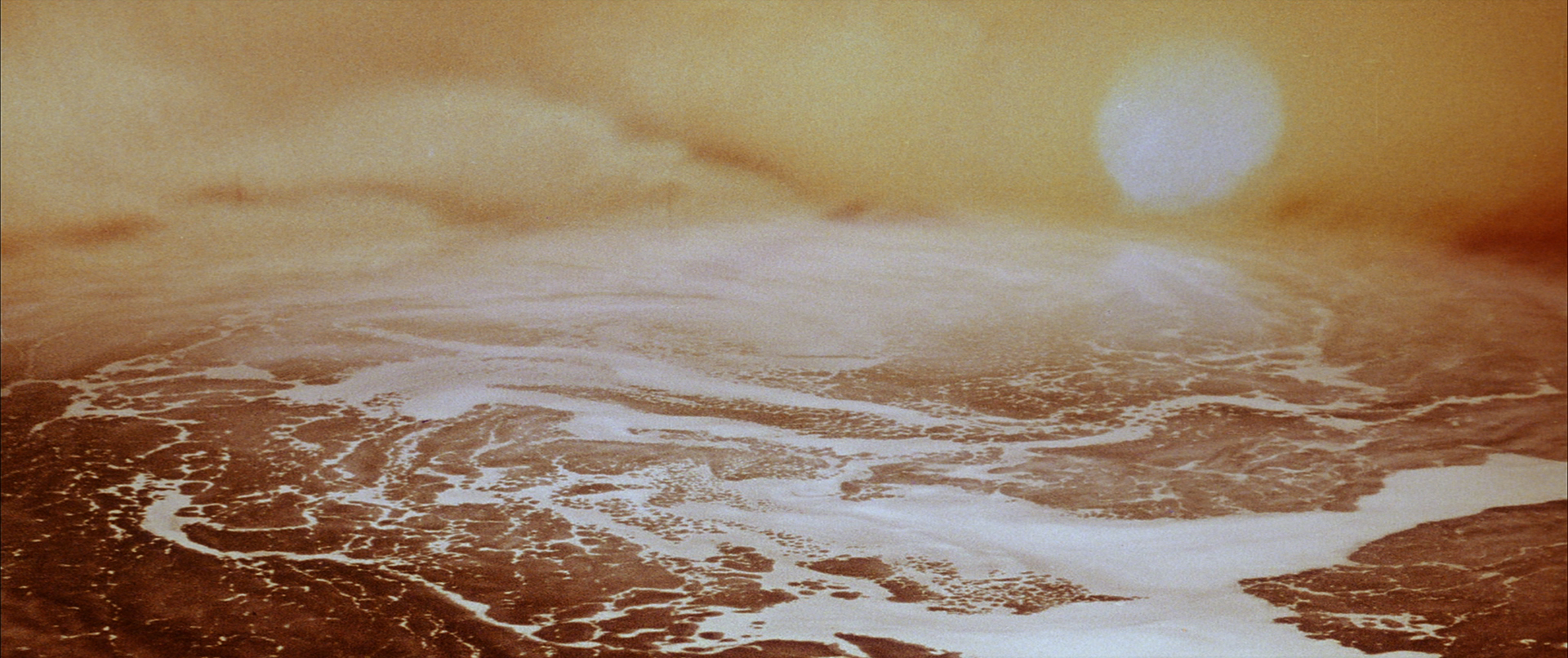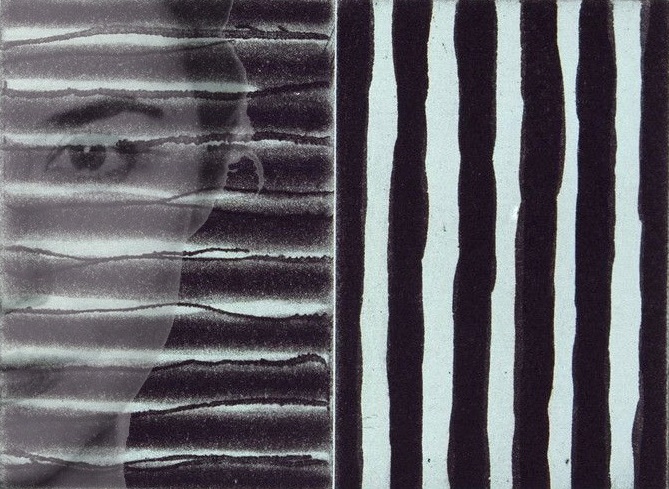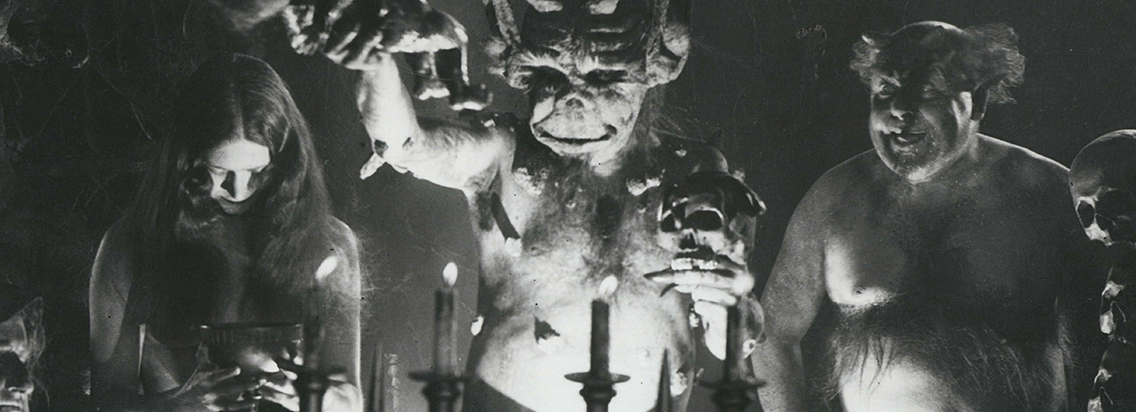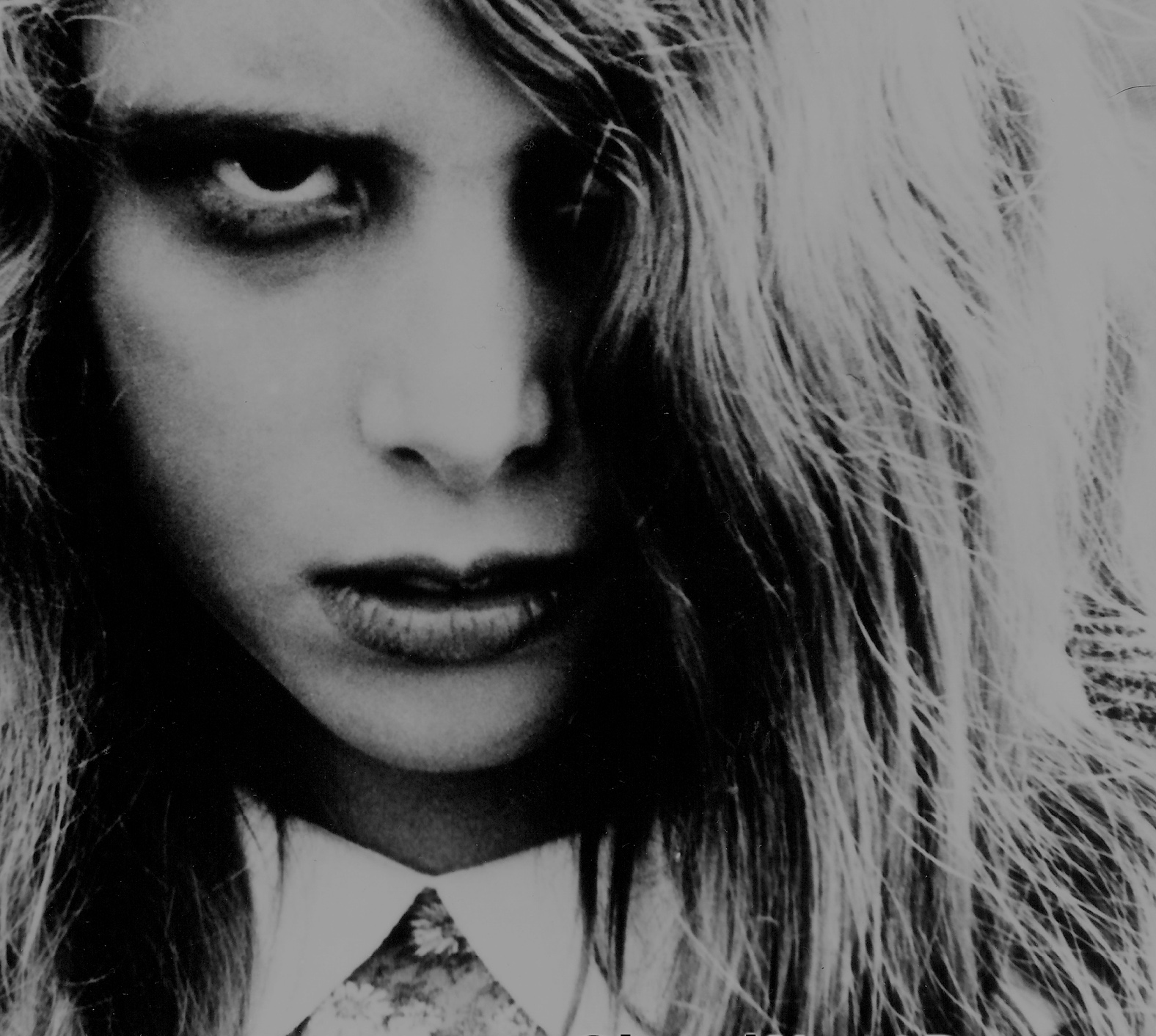
In celebration of internationally renowned Irishman and film director Rex Ingram who emigrated from Ireland to the United States in 1911, a rare screening of the 1921 American silent epic war film will take place in the spectacular gothic surroundings of St. Patrick’s Cathedral. Featuring new score by internationally renowned composers Matthew Nolan and Barry Adamson (Magazine, Nick Cave & the Bad Seeds), performed live with key collaborators on the project, musician and composer Seán Mac Erlaine, songwriter and composer Adrian Crowley, and Kevin Murphy from Slow Moving Clouds.
Based on the Spanish novel The Four Horsemen of the Apocalypse by Vicente Blasco Ibáñez, it was adapted for the screen by June Mathis. The film stars Pomeroy Cannon, Josef Swickard, Bridgetta Clark, Rudolph Valentino, Wallace Beery, and Alice Terry.
Rex Ingram, best known as a strong-willed visionary was responsible for a succession of films for Metro Pictures that topped the box office and were hailed as masterpieces by the critics. He briefly studied sculpture at the Yale University School of Art after emigrating from Ireland to the United States in 1911; but he was soon seduced by the new medium of moving pictures and abandoned his studies for a series of jobs in the film industry. Over the next decade, he became one of the most popular directors in Hollywood, directing smash hits such as The Four Horsemen of the Apocalypse (1921), The Prisoner of Zenda (1922), and Scaramouche (1923).
As part of the new international programme of exchange, St. Patrick’s Festival will bring The Four Horsemen of the Apocalypse (1921): Screening & Live Score Performance to HOME, the contemporary arts centre in Manchester, on Sunday 18th March. This unique cine-concert event is supported by Culture Ireland as part of GB18: Promoting Irish Arts in Britain.









